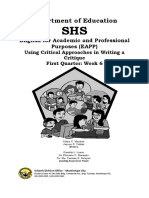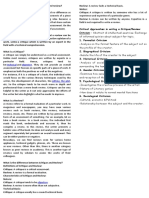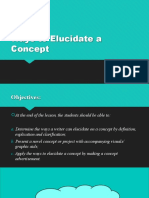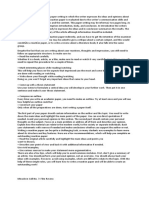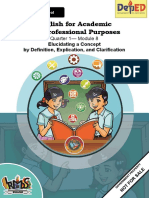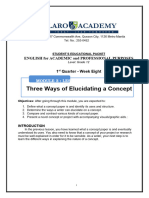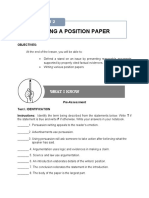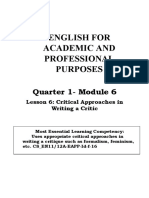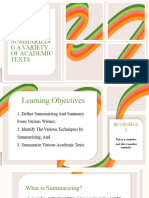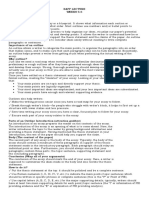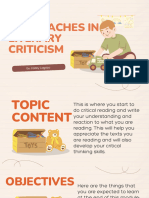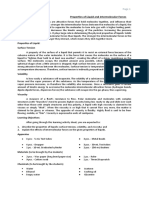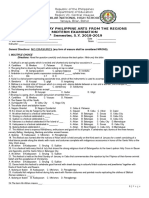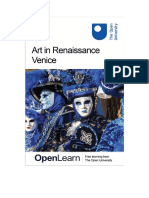100% found this document useful (3 votes)
5K views28 pagesMODULE 3 Approaches in Literary Criticism
The document provides an overview of different approaches to literary criticism including formalist criticism, gender criticism, historical criticism, reader-response criticism, media criticism, Marxist criticism, and structuralism. It defines each approach and provides some of their key aspects and focuses, such as formalist criticism examining intrinsic properties within a text, gender criticism analyzing how sexual identity influences literature, and reader-response criticism focusing on the reader's creative role in interpreting a text.
Uploaded by
Myco PaqueCopyright
© © All Rights Reserved
We take content rights seriously. If you suspect this is your content, claim it here.
Available Formats
Download as PPTX, PDF, TXT or read online on Scribd
100% found this document useful (3 votes)
5K views28 pagesMODULE 3 Approaches in Literary Criticism
The document provides an overview of different approaches to literary criticism including formalist criticism, gender criticism, historical criticism, reader-response criticism, media criticism, Marxist criticism, and structuralism. It defines each approach and provides some of their key aspects and focuses, such as formalist criticism examining intrinsic properties within a text, gender criticism analyzing how sexual identity influences literature, and reader-response criticism focusing on the reader's creative role in interpreting a text.
Uploaded by
Myco PaqueCopyright
© © All Rights Reserved
We take content rights seriously. If you suspect this is your content, claim it here.
Available Formats
Download as PPTX, PDF, TXT or read online on Scribd
/ 28



